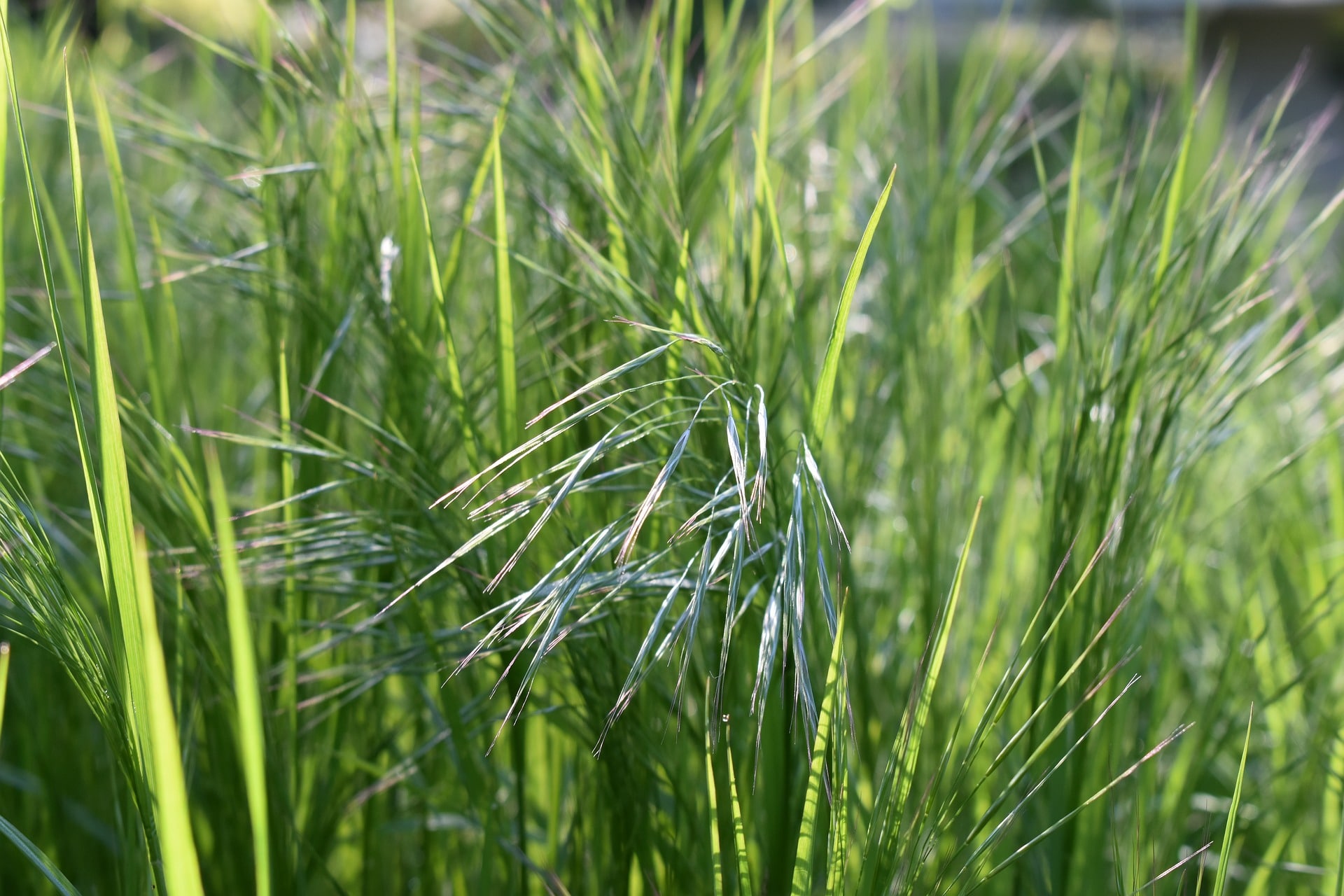Knowing when to plant decorative grasses is crucial for best results, so mark your calendars either in spring or fall. These seasons are the ideal times to plant decorative grasses, and you’ll even have a higher chance of success using a greenhouse. While nobody wants to see grasses like weeds growing in the greenhouse, ornamental grasses are worthy endeavors indoors for aesthetics and possibly, a source of income.
The increasing popularity of ornamental grasses makes them very rewarding to cultivate indoors. You can use them to improve your landscape’s visual, which is why it’s a good idea to know when to plant them and how to grow them correctly. The greenhouse will also allow you to modify the environment that’s specific for your decorative grass, so research what type of grass you’re growing.

Best Time When To Plant Decorative Grasses And How To Prepare Before Planting
The best time to plant ornamental grasses is either in spring or fall. Both have advantages, and you can also grow depending on your decorative grass’s ideal growing environment. Remember that every type varies in requirements, so some might do well in the conditions of spring, fall, or another season.
Spring
If you plant decorative grasses in spring, this will help them establish a secure root system ready for the winter. But since you are already using a greenhouse, the winter conditions wouldn’t be as harsh to your plants. Still, you want the grasses to have well-established roots to avoid problems when the cold temperatures set in.
Depending on the species, you can cut your grasses back in spring before they start new growth. This will allow you to have another season to enjoy your beautiful grasses. If you’re not using a greenhouse, the remaining seed heads in the winter can also attract birds.
Fall
While fall planting is also possible, consider it a second option because it requires additional precautions. You can also check out your state’s hardiness zone to know your expected frost dates and be on the lookout for possible severe winters. And if you choose to do fall planting of decorative grasses, ensure to complete it in the middle of August up to the end of September.
As you should expect, provide mulch using straw or hay during the first winter to guarantee success and protection. Most gardeners would even recommend mulching after several hard touches of frost. To help the grasses establish quickly, ensure soil moisture.
Preparation before planting
Knowing when to plant decorative grasses is only the tip of the iceberg. The preparation of your soil before planting is also crucial for the success of these perennials. Ideally, you want to prepare your area in the fall by tilling the soil.
This makes it more workable and also helps with thawing during winter. You can again till in spring, fertilize the soil, and check if it has good drainage beforehand. If you’re using pots in the greenhouse, make sure that they will drain well.
The planting hole for your decorative grasses should be as deep as the previous growing depth. It can be twice as wide as the last hole and remember to soak it before putting your plants in place. Be careful not to overwater or plant the grasses too deep to prevent rot.
Warm Season Vs. Cool Season Decorative Grasses
It will be beneficial for you to determine the type of decorative grass before planting. This way, you can follow the specific caring requirements and adjust the greenhouse for their optimal conditions.
Warm-season decorative grasses
This type of grass thrives well in the summer when the temperature is warm. Some examples of warm-season grasses that you might have are Pennisetum, acorus, and Erianthus. They start growing in mid-spring and become dormant before winter.
The advantage of growing in the greenhouse is that if the temperatures are still cold, you can use a heating system to help them. Otherwise, never plant these grasses early in spring or late winter. Instead, start from late spring to mid-summer.
Cool-season decorative grasses
Some examples of cool-season grasses are Festuca and koeleria. Contrary to the previous type, they thrive well in cool temperatures. These grasses grow from late winter or early in spring until early summer, depending on the species.
When summer arrives, they will go dormant and resume growth once the temperatures cool down. You can start them in late summer or early fall, and they should be ready next year in early spring. This timing allows bulking as they grow in cold months.
Conclusion
Flowers are not the only aesthetically pleasing plants that you can grow. If you know when to plant decorative grasses and how to take care of them properly, you can improve the look of your space or greenhouse without the complications that one might expect with other decorative plants. The best time to plant them is in spring, but you can also do fall planting.
It would be optimal to prepare your area before planting to ensure that the soil is fertile and well-draining. You must also determine if your grasses are warm season or cool season to provide the best environment and practices. You can grow them in the greenhouse bed or containers to ensure that you’re meeting their requirements.
